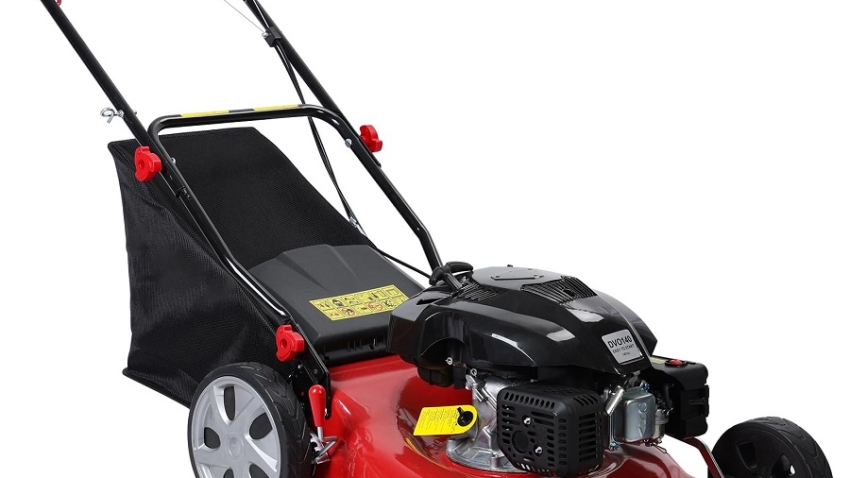
How to Get Lawnmower Tire Back on Rrim: Step-by-Step Guide
Introduction to Lawnmower Tire Reattachment
Getting your lawnmower tire back on the rim can seem daunting. But with the right approach, it’s a manageable task. Many homeowners and garden enthusiasts face this issue. Especially after a tire has gone flat or been removed for maintenance. Reattaching a lawnmower tire does not require professional skills. It just needs patience and the proper tools.
Understanding how to get a lawnmower tire back on rim is essential for several reasons. It can save you money on professional repair services. It ensures your lawnmower is always ready for work. Plus, knowing how to handle tire issues improves overall lawn maintenance. This guide aims to provide clear, simple steps for effective tire reattachment. With our help, your lawnmower will be fully functional again in no time.
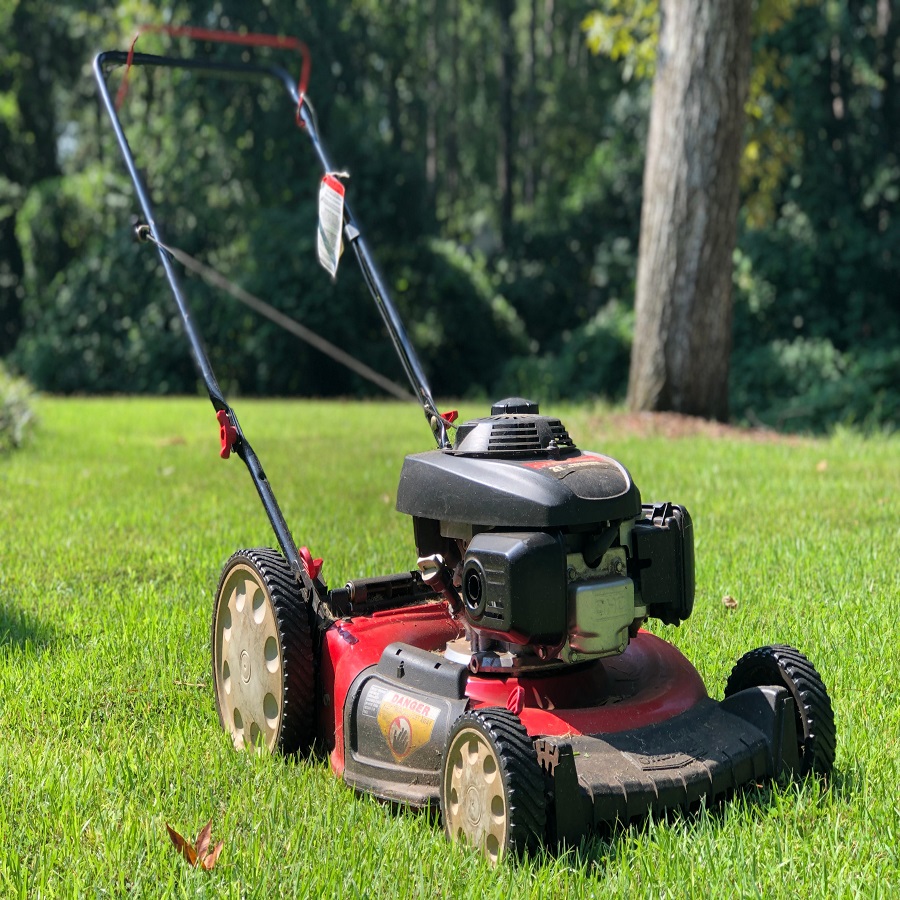 Tools and Materials Needed for the Job
Tools and Materials Needed for the Job
Before you begin the process of reattaching your lawnmower tire, gather the necessary tools and materials. Proper preparation will make the job smoother and help avoid any delays. Here’s what you need:
- Lever: To pry the tire away from the rim and then later assist in reattaching it.
- Lubricant: A lubricant like soapy water can ease the reattachment process.
- Air compressor or pump: This is essential for inflating the tire after reattachment.
- Valve stem tool: It helps remove the valve core for deflation and re-inflation.
- Tire sealant: To ensure that the reattached tire maintains air pressure.
- Safety gloves: To protect your hands during the process.
- Rags or towels: Useful for cleaning the tire and rim.
These tools and materials are commonly found in most home garages. They are also available at hardware stores. Make sure to have them ready before you start working on how to get the lawnmower tire back on the rim. With everything in place, you’ll be set for a successful tire reattachment.
Step-by-Step Guide to Removing the Lawnmower Tire
Removing the lawnmower tire from the rim involves a few careful steps. Follow this guide to ensure a smooth process:
- Deflate the Tire: Firstly, use the valve stem tool to take out the valve core. This will release the air and deflate the tire. Make sure the tire is fully deflated before continuing.
- Break the Seal: Position the lever between the tire and the rim. Gently push down to pry the tire away from the rim. Work your way around the tire to break the seal on all sides.
- Remove the Tire: Once the seal is broken, gradually work the lever around the edge. This will loosen the tire from the rim. Be patient and avoid using excessive force to prevent damage.
- Detach Completely: Continue to work the tire off the rim until it comes free. You may need to use multiple levers for easier removal.
- Inspect the Rim and Tire: After the tire is off, inspect both for any damage. Check for sharp objects or debris that could cause issues when you reattach the tire.
Make sure to wear your safety gloves throughout this process to protect your hands. Additionally, keep rags or towels handy in case you need to clean any parts. Understanding how to get a lawnmower tire back on rim includes carefully removing it first. Take your time to do it right, and reattachment will be much easier.
Preparing the Tire and Rim for Reattachment
Preparing the tire and rim is a crucial step before you reattach the tire. A clean surface and proper lubrication are key to a smooth reattachment process. Here’s how to prepare the tire and rim effectively:
- Clean the Rim: Start by wiping the rim with a rag to remove any dirt or debris. This helps ensure a tight seal and prevents future leaks.
- Inspect for Damage: Look closely for any cracks or dents in the rim that might affect the fit. If you find damage, repair it before proceeding.
- Lubricate the Bead: Apply a thin layer of lubricant, like soapy water, to the bead of the tire. This makes it easier to slide the tire back onto the rim.
- Check the Tire: Ensure there are no tears or holes in the tire itself. If you find any, patch them up or consider a replacement.
- Position the Tire: Align the tire next to the rim in the correct orientation for reattachment. Make sure the valve hole on the rim lines up with the valve stem on the tire.
- Apply Tire Sealant: If you’re using a tire sealant, apply it according to the product instructions at this stage to help prevent future flats.
By following these steps, you are setting the stage for a successful tire reattachment. You’ll avoid many common problems and ensure a more secure fit between the tire and rim. Remember, taking the time to prepare thoroughly will ease the reattachment process and enhance the longevity of your lawnmower tire.
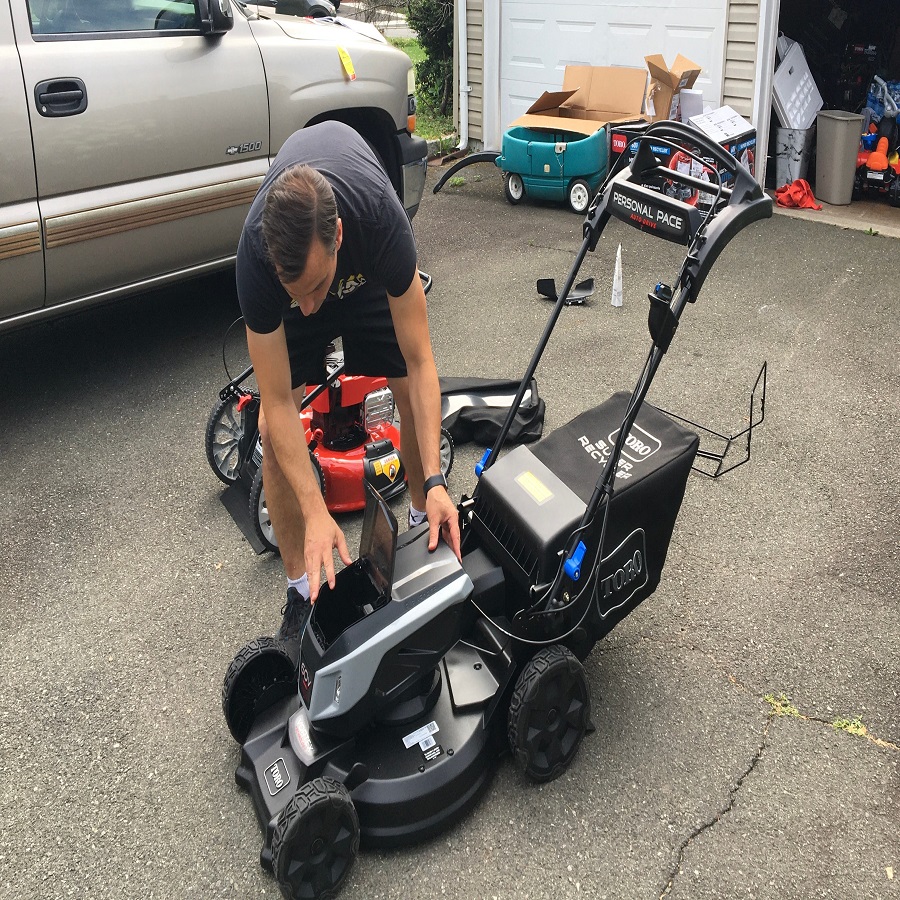 Techniques for Reattaching the Tire to the Rim
Techniques for Reattaching the Tire to the Rim
Reattaching the tire to the rim can be straightforward if you follow the right techniques. After preparing your lawn mower tire and rim, use these steps for a smooth reattachment:
- Start with One Side: Press one side of the tire onto the rim to begin. Work slowly to avoid damaging the bead.
- Use Your Levers: Insert your lever under the tire bead. Carefully lever the bead over the edge of the rim. Do this in stages, around the tire.
- Apply More Lubricant: If the tire resists, add more lubricant. It can make the job easier and protect the rubber.
- Avoid Force: Never use too much force. This could damage the tire or rim. Gentle and steady wins the race.
- Check Alignment: Ensure the tire bead is evenly seated around the rim. This is crucial for a secure fit.
- Inflate Slowly: Start inflating the tire. Stop frequently to check the tire is seating correctly.
- Listen for Seating: As you inflate, listen for a pop. This sound means the tire bead is seating into the rim.
- Final Inspection: When the tire is inflated, inspect it all around. Make sure there are no gaps between the tire and rim.
- Adjust as Needed: If parts of the tire are not seated well, release some air. Then, re-inflate carefully.
By taking your time and being meticulous, you can reattach your lawnmower tire to the rim successfully. Using these techniques, along with patience and precision, will ensure that you know how to get the lawnmower tire back on the rim securely and efficiently.
Tips for Ensuring a Secure Fit
Ensuring that your lawnmower tire fits securely to the rim is critical for safety and performance. Here are some tips to help you achieve a tight and secure fit during the reattachment process:
- Check Bead Seating: Before inflating, make sure the tire’s bead is resting properly against the rim. Uneven areas can lead to leaks.
- Use Correct Pressure: Inflate the tire to the recommended pressure. Over or under-inflation can cause poor seating and tire damage.
- Inspect for Air Bubbles: After inflating, check for escaping air by spraying soapy water on the tire’s surface. Bubbles indicate leaks.
- Re-inflate if Needed: If you adjust the tire’s position, you might need to re-inflate to achieve the proper seal.
- Observe the Tire Shape: A properly seated tire should have a uniform shape. Bulges or dips suggest issues.
- Double-Check the Valve Stem: Ensure the valve stem is straight and not leaking. It’s crucial for maintaining air pressure.
- Give it Time: After inflation, let the tire sit for a while. This allows the bead to settle into the rim.
By following these practical tips on how to get the lawnmower tire back on rim, you can ensure a secure fit of your lawnmower tire, reducing the risk of accidents and maintaining the longevity of your tires.
Troubleshooting Common Issues During Reattachment
When reattaching a lawnmower tire, you might encounter a few common issues. Understanding how to get the lawnmower tire back on the rim means being prepared to address these hiccups efficiently. Here are solutions to some typical problems you may face:
- Tire Won’t Fit on Rim: If the tire seems too tight, double-check that it’s deflated completely. Use more lubricant on the bead and the rim. The added slipperiness can help the tire slide into place.
- Bead Won’t Seat Properly: Sometimes the bead doesn’t want to pop into the rim. Increase the air pressure gradually while checking the bead’s alignment. Remember not to exceed the recommended tire pressure.
- Air Leaks: If you notice air hissing out, you may have a puncture. Also, inspect the seal between the tire and rim. Apply soapy water – bubbles will show where the leak is. Make sure the valve stem is not the culprit.
- Damaged Bead: A bead that’s been pinched or damaged during removal can cause issues. If the damage is minor, you can attempt to straighten and re-lubricate it. For significant damage, a tire replacement might be needed.
- Rim Damage: Any damage to the rim, such as bends or rust, can prevent a proper seal. Repair or replace a damaged rim to ensure a safe fit.
If you carefully follow these troubleshooting steps, you should be able to manage most issues that arise during tire reattachment. Remember, taking your time and not forcing components together is key to learning how to get the lawnmower tire back on the rim successfully.
Maintaining Your Lawnmower Tires Post-Repair
After reattaching the tire to the rim, regular maintenance is key to longevity. Proper care prevents frequent repairs and ensures your lawnmower operates smoothly. Here are maintenance tips to keep your tires in top shape:
- Regular Inspections: Check your tires before each use for wear, tears, or damage.
- Air Pressure Check: Always keep tires inflated to the manufacturer’s recommended levels.
- Clean After Use: Remove grass, mud, or debris to prevent decay and rust.
- Store Properly: Keep the lawnmower in a dry place to avoid tire rotting.
- Rotate Tires: If possible, rotate the tires to even out wear.
- Avoid Overloading: Don’t exceed the weight limit of your lawnmower as it strains the tires.
- Be Cautious of Terrain: Steer clear of sharp objects or rough terrain where possible.
By following these simple how-to get lawnmower tire back on rim maintenance steps, you extend tire life and maintain performance. Keep these tips in mind and your lawnmower tires will serve you well through many mowing seasons.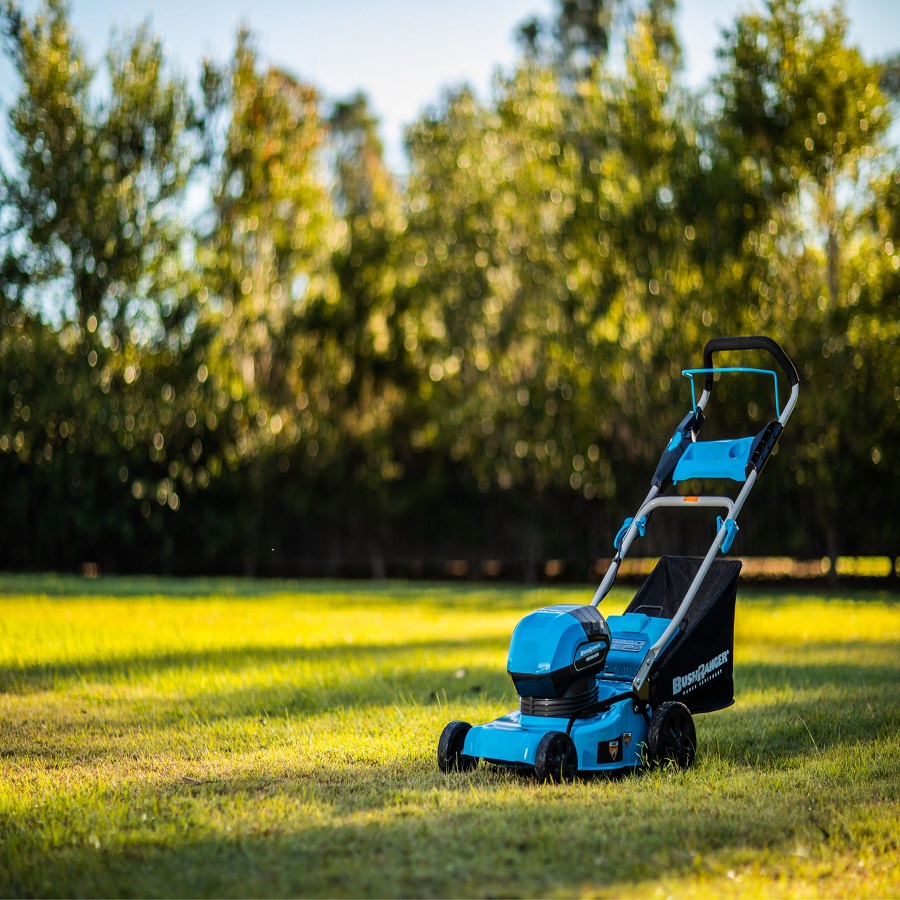




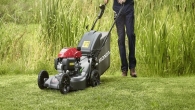

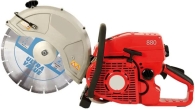
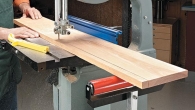
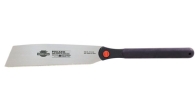
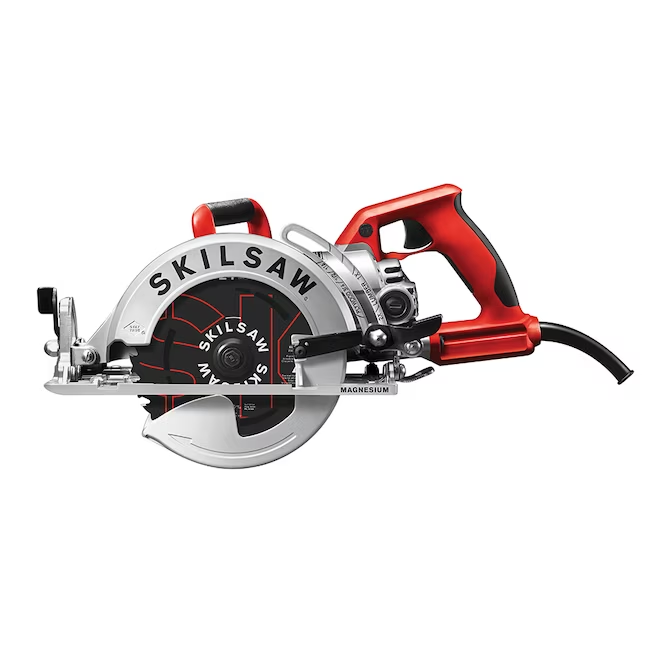


Leave a Reply